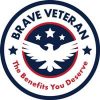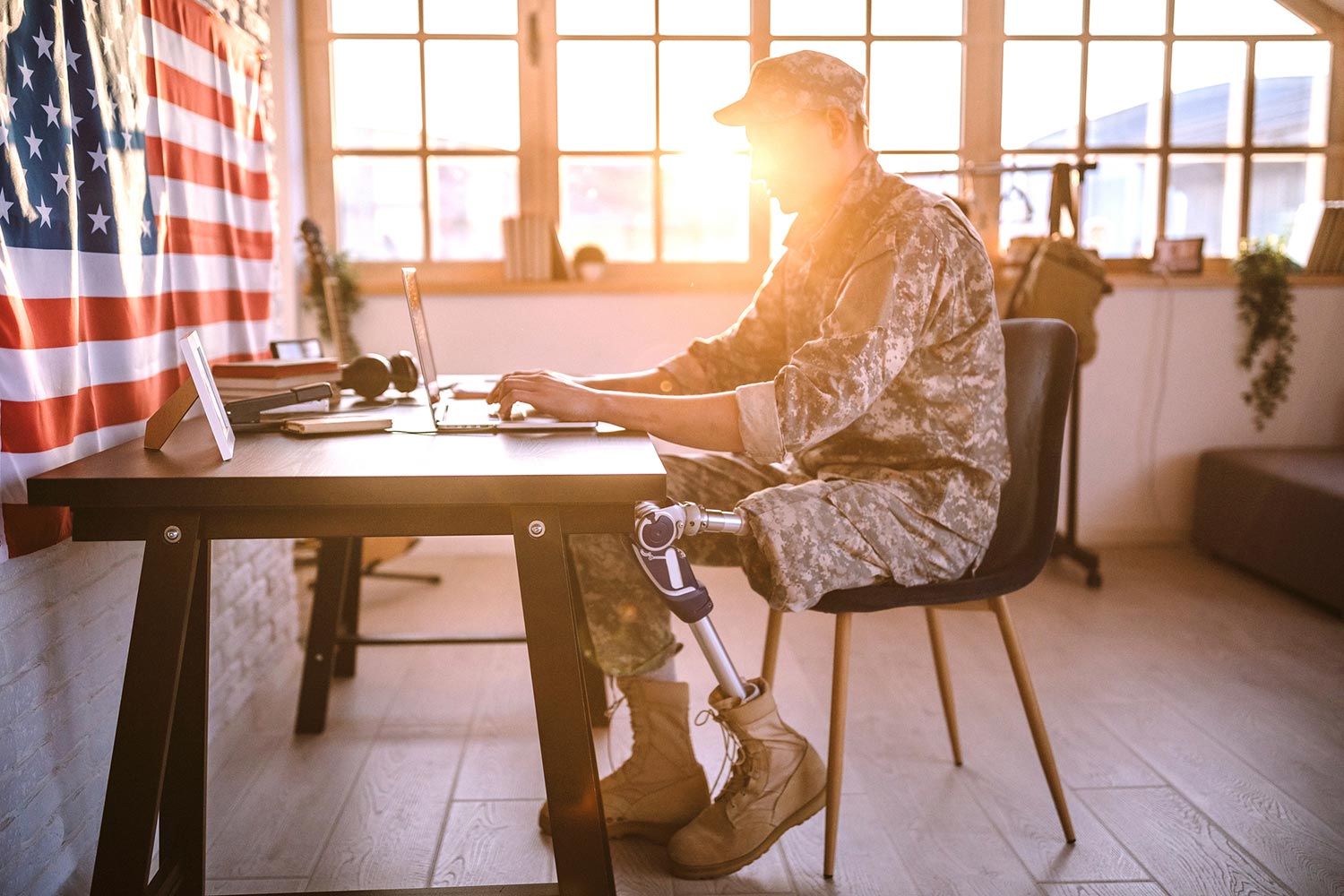Table of Contents
The Department of Defense (DoD) and the Veterans Administration (VA) are committed to ensuring that all Servicemembers have access to any support that is needed to ensure that the Servicemember has what they need in the way of work and life balance following their exit from the military and re-entering the civilian workforce. The Veteran Readiness and Employment (VR&E) program, also known as Chapter 31, is a vocational rehabilitation program that helps Veterans and Servicemembers with service-connected disabilities find and keep jobs, start businesses, and live independently once they leave their roles in the military. Read on to learn more.
What is Veteran Readiness and Employment?
Originally referred to as the “Vocational Rehabilitation and Employment,” the Veteran Readiness and Employment program (VR&E) offered by the VA was designed to help returning Veterans and Servicemembers from active duty readjust to civilian life outside of the military. Many Servicemembers find they have difficulty transitioning to civilian life, finding jobs, and balancing work and family life, especially if suffering from service-connected disabilities, both physical and mental. The Chapter 31 VR&E program provides vocational rehabilitation, job training, résumé development, job-seeking skills, as well as education and training for specific jobs. It helps the Veteran with employment accommodations, offers career counseling and career advancement opportunities, and also independent living services for those who are severely disabled and unable to work in traditional employment. Ultimately, it exists to help Veterans transition to civilian careers from military careers and assists with employment opportunities.
Eligibility for VR&E Programs
The VR&E program is available to all Veterans with a service-connected disability rating of 10% with a serious employment handicap or 20% or more with an employment handicap. It is also available to transitioning Servicemembers, National Guard, Reserves, retirees, and wounded warriors, as well as their spouses. To qualify for the VR&E program, one must meet the following VR&E eligibility criteria:
- The Servicemember must have a diagnosed service-connected disability and an employment handicap.
- Must have received a discharge that is other than dishonorable.
- Must be within a 12-year basic period of eligibility, following separation from the military.
Anyone who received a dishonorable discharge or was AWOL for more than 180 days severely affects their eligibility for VR&E. These individuals do not qualify for the VR&E program.
Benefits & Services of Veteran Readiness and Employment Program
As mentioned above, the Veteran Readiness and Employment program offers many benefits and services to eligible service members. Many of these include:
- Career counseling, often personalized, to help the Servicemember understand career options based on interests and capabilities.
- Job training and placement, including help with job training, résumé development, and career coaching.
- Education and training at a college, vocational, technical, or business school.
- Business startup assistance, which includes help for those who want to start their own businesses.
- Training and housing allowance, which pays for the training of certain jobs and careers, as well as a monthly housing allowance for those in between jobs.
Each of the services aims to help the Veteran transition from their military MMO to a civilian job, often taking advantage of any skills or training received in the military that might be applicable to civilian employment. The services help the Veteran seamlessly transition from a life and career in the military into civilian life with as little disruption as possible. This is especially the case for those adjusting to life with a service-related disability.
How to Apply for Veteran Readiness and Employment
If you qualify for Chapter 31 benefits, then you may follow these steps to apply for the program:
- Apply online: You may apply online through the VA for the program, though you will be required to attend an orientation session at your nearest VA regional office.
- Apply by mail: Fill out an application for the Veteran Readiness and Employment for claimants with service-connected disability, VA Form 28–1900, and mail it to the Department of Veterans Affairs Veteran Readiness and Employment intake center at PO Box 5210, Janesville, WI 53547-5210.
- Apply in person: You may visit a regional VA office and sign up for the program with the help of a VA representative.
- Trained professional help: If you work with an accredited attorney, claims agent, or Veteran service organization representative, they can help you apply for VR&E benefits.
Remember, you must have a service-connected disability to sign up for the program. If you do not yet have your service-connected disability rating, you may fill out VA Form 28–0588 VR&E application to apply for Chapter 31 benefits while waiting for your rating. You must be going through the physical evaluation board process, have a VA memorandum rating of 20% or more, or you have entered the disability evaluation system.
If you plan to utilize Chapter 31 VR&E education benefits, first speak with the admissions officer at your educational facility to ensure that they accept this form of VA benefits. You will need to present enrollment information for your chosen educational facility to your VA regional office when applying for VR&E benefits. The school you choose must be an authorized educational facility through the VR&E approved schools list.
Frequently Asked Questions about VR&E
The VA offers many types of vocational rehabilitation programs for different situations involving Servicemembers, and is a broader term encompassing similar programs for individuals with or without disabilities across various service situations. Veteran Readiness and Employment refers specifically to the VA program designed to help Veterans with service-connected disabilities find and maintain employment.
The VA offers many types of vocational rehabilitation programs for different situations involving Servicemembers, and is a broader term encompassing similar programs for individuals with or without disabilities across various service situations. Veteran Readiness and Employment refers specifically to the VA program designed to help Veterans with service-connected disabilities find and maintain employment.
A Veteran can utilize Veteran Readiness and Employment benefits for up to 48 months of entitlement under Chapter 31.
Chapter 31 covers education, such as post-secondary education through college, vocational, technical, or business school, as well as flight training, on-the-job training, apprenticeships, and certain certifications required by specific careers.
You can only attend vocational schools approved by the VA, and if the course of study aligns with your individual needs and employment goals as determined by your VR&E eligibility counselor. Your chosen institution must be on the VR&E approved schools list.
Yes, benefits can be used for online school, although the VA may reduce your allowance if you choose exclusively online classes or if any of them are hybrid classes, offered both online or in person.
Yes, you can appeal the decision by filing a notice of disagreement with the Board of Veterans Appeals within one year of receiving the denial. You may fill out VA Form 10182 and submit it with evidence to support your appeal to your local regional VA office.
Yes, Veteran Readiness and Employment benefits include a substance allowance or monthly pay, depending on the type of training, transitional assistance, typically housing, and business startup assistance.
Chapter 31 helps Veterans transition to civilian careers by providing them personalized training and job counseling designed to help them move from military careers and roles into civilian roles through a variety of programs that aid and assist this process. This includes helping the Veteran adapt to life with a service-connected disability and how to optimize performance in a civilian career with this disability.

